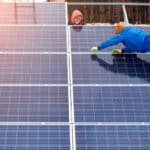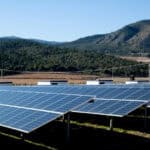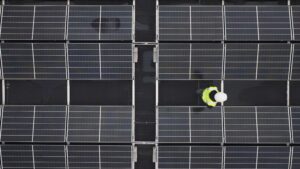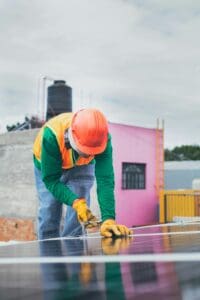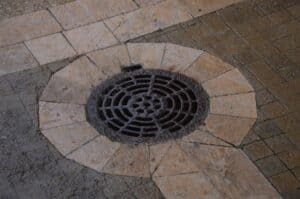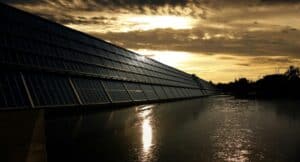Table of Contents
When it comes to building a solar energy system, few aspects are as critical—or complex—as the solar electrical installation. This phase connects all your system’s components into a working, grid-compliant energy generator. Done right, it ensures safety, optimal performance, and long-term reliability. Done wrong, and you risk costly downtime, compliance violations, or even electrical hazards.
At JMS Energy, we bring over 30 years of experience as industry leaders in engineering, procurement, and construction. Whether you’re a developer, facility manager, or business owner, it’s vital to know what to look out for during a solar electrical installation.
In this guide, we outline the 10 most important things to monitor to make sure your solar electrical installation is successful from the start.
1. Proper System Grounding
Every safe and effective solar electrical installation starts with grounding. Improper or absent grounding can lead to equipment damage, system malfunctions, and fire hazards.
JMS Energy ensures:
- Grounding electrodes and bonding meet NEC standards
- Ground fault protection is correctly installed
- Metallic parts are bonded to minimize shock risks
This foundational step supports both system integrity and installer safety.
2. NEC and Local Code Compliance
A top priority in any solar electrical installation is adherence to the National Electrical Code (NEC) and local jurisdiction requirements.
JMS Energy maintains full compliance by:
- Following NEC Articles 690, 705, and 110
- Coordinating with AHJs (Authorities Having Jurisdiction)
- Accommodating utility-specific interconnection requirements
Failing to meet code can delay approvals, void warranties, and cause safety issues.
3. Correct Sizing of Wires and Conduits
Wire and conduit sizing plays a major role in system efficiency and safety during a solar electrical installation. Undersized wiring can lead to overheating and power losses.
JMS engineers evaluate:
- Ampacity based on conductor length and temperature
- Voltage drop limits (typically under 2%)
- Correct conduit fill ratios for airflow and accessibility
Proper sizing ensures efficient energy transfer and long-term durability.
4. Proper String Sizing and Voltage Calculations
String configuration affects inverter performance and overall system output. A poor string layout in your solar electrical installation can lead to underperformance or inverter shutdowns.
Key factors JMS Energy assesses include:
- Open circuit voltage (Voc) under max temperature
- Inverter voltage window compatibility
- Panel mismatch mitigation using string-level design
This results in optimized string performance and minimized energy loss.
5. Inverter and Transformer Integration
One of the most complex parts of a solar electrical installation is integrating the inverter(s) and transformer(s) into the system.
JMS Energy ensures:
- Safe DC-to-AC conversion and proper inverter placement
- Transformer grounding and surge protection
- Compatibility with grid interconnection and export settings
These steps are critical for utility-scale or grid-tied systems.
6. Weatherproofing and Cable Management
Outdoor solar systems demand rugged electrical design. During a solar electrical installation, JMS Energy uses:
- NEMA-rated weatherproof enclosures
- UV-resistant conduit and junction boxes
- Secure cable clips, ties, and trays to reduce wear
This protects the system from water ingress, wind damage, and rodents.
7. Ground Fault Protection and Arc Fault Detection
A safe solar electrical installation must include robust fault detection to prevent fires and reduce liability.
JMS Energy incorporates:
- Ground fault detection interrupters (GFDIs)
- Arc fault circuit interrupters (AFCIs)
- Monitoring alarms for rapid fault response
These tools ensure ongoing system safety and compliance with NEC 690.11 and 690.12.
8. Accurate Labeling and Documentation
Clear labeling helps service crews, inspectors, and emergency responders. JMS Energy includes:
- String-level schematics
- Disconnect switch identification
- Voltage, current, and arc warning signs
- As-built documentation for future reference
Labeling is a small detail that makes a big difference in solar electrical installation quality.
9. Safety Protocols During Installation
Every solar electrical installation must prioritize installer safety. JMS Energy’s teams follow:
- Lockout/tagout procedures (LOTO)
- OSHA-certified electrical safety protocols
- Proper use of PPE (Personal Protective Equipment)
- Ladder, scaffold, and lift safety regulations
This minimizes risk to personnel and ensures a safe job site environment.
10. Quality Assurance and Final Testing
Before energizing the system, JMS Energy conducts:
- Megger testing for insulation resistance
- Polarity and continuity verification
- Thermal imaging to identify heat anomalies
- SCADA system setup and data validation
These tests confirm the solar electrical installation is built to perform and ready to produce power safely.
Frequently Asked Questions (FAQs)
Q1: Why is solar electrical installation so important?
A1: It connects all components safely and efficiently—ensuring your system works properly, complies with code, and minimizes future risks.
Q2: Can JMS Energy help with upgrades or re-installations?
A2: Absolutely. JMS Energy specializes in repowering and electrical upgrades for aging or underperforming systems.
Q3: How long does a typical solar electrical installation take?
A3: Timelines vary by project size, but JMS Energy prioritizes efficiency without compromising safety or quality.
Q4: Do I need a permit for solar electrical installation?
A4: Yes. JMS Energy handles permitting and ensures compliance with all local and national regulations.
Q5: What’s the most common issue in poor installations?
A5: Inadequate grounding, improper wiring, and non-compliance with NEC are common—and all preventable with a qualified installer like JMS Energy.
Conclusion: Trust JMS Energy for Expert Solar Electrical Installation
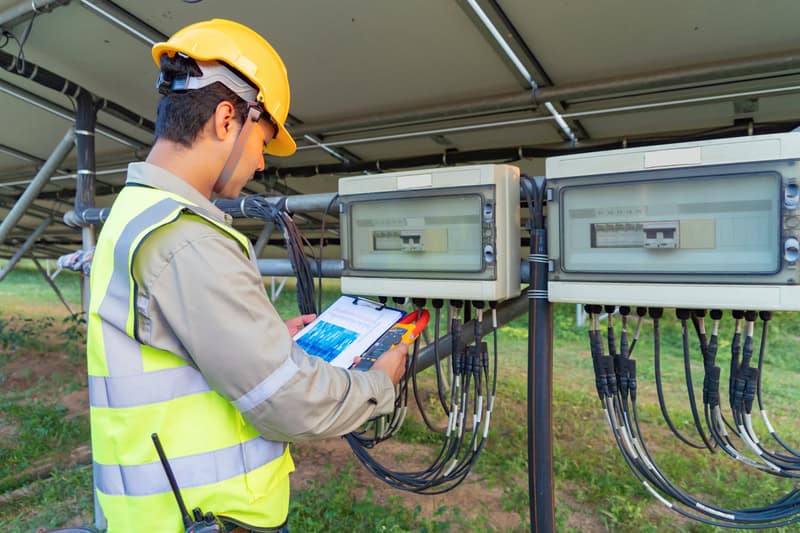
Your solar energy system is only as strong as its wiring, grounding, and electrical design. With JMS Energy, you gain more than just an installer—you gain a trusted team that treats every solar electrical installation with precision, professionalism, and care.
Ready to start your next solar project? Partner with JMS Energy—the name you can count on for high-quality, code-compliant electrical installation services. You can contact JMS here today.

